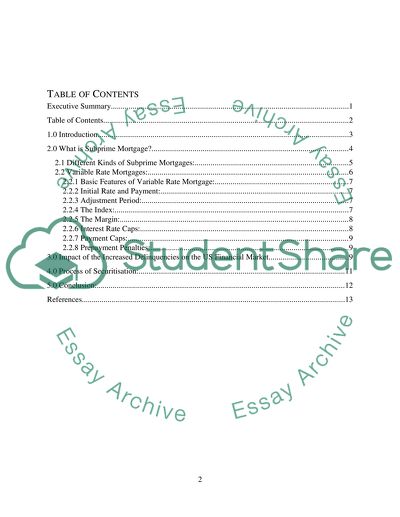Cite this document
(“The Sub-prime Mortgage Market and Variable Rate Mortgage Market in the Essay”, n.d.)
Retrieved from https://studentshare.org/marketing/1519391-the-sub-prime-mortgage-market-and-variable-rate-mortgage-market-in-the-usa
Retrieved from https://studentshare.org/marketing/1519391-the-sub-prime-mortgage-market-and-variable-rate-mortgage-market-in-the-usa
(The Sub-Prime Mortgage Market and Variable Rate Mortgage Market in the Essay)
https://studentshare.org/marketing/1519391-the-sub-prime-mortgage-market-and-variable-rate-mortgage-market-in-the-usa.
https://studentshare.org/marketing/1519391-the-sub-prime-mortgage-market-and-variable-rate-mortgage-market-in-the-usa.
“The Sub-Prime Mortgage Market and Variable Rate Mortgage Market in the Essay”, n.d. https://studentshare.org/marketing/1519391-the-sub-prime-mortgage-market-and-variable-rate-mortgage-market-in-the-usa.


